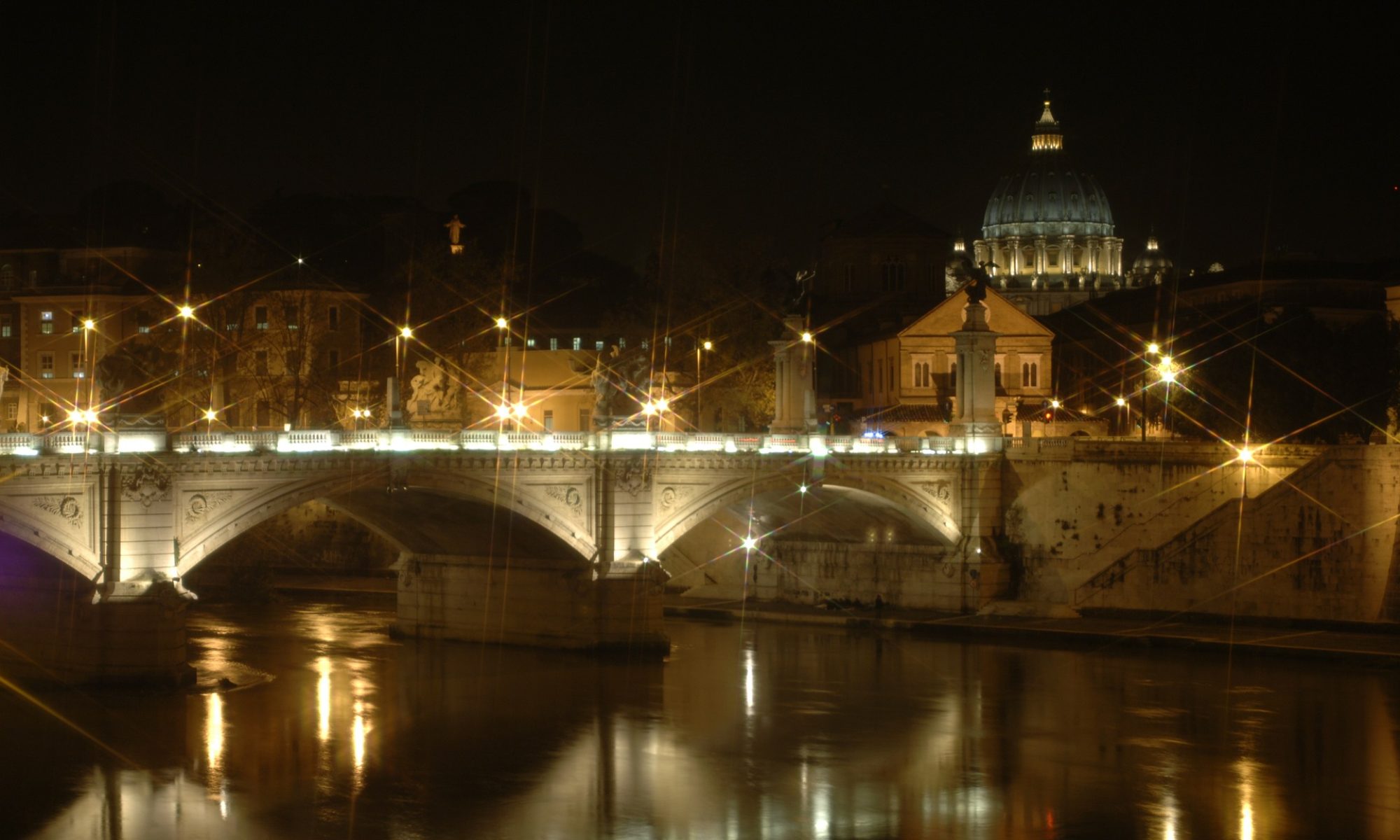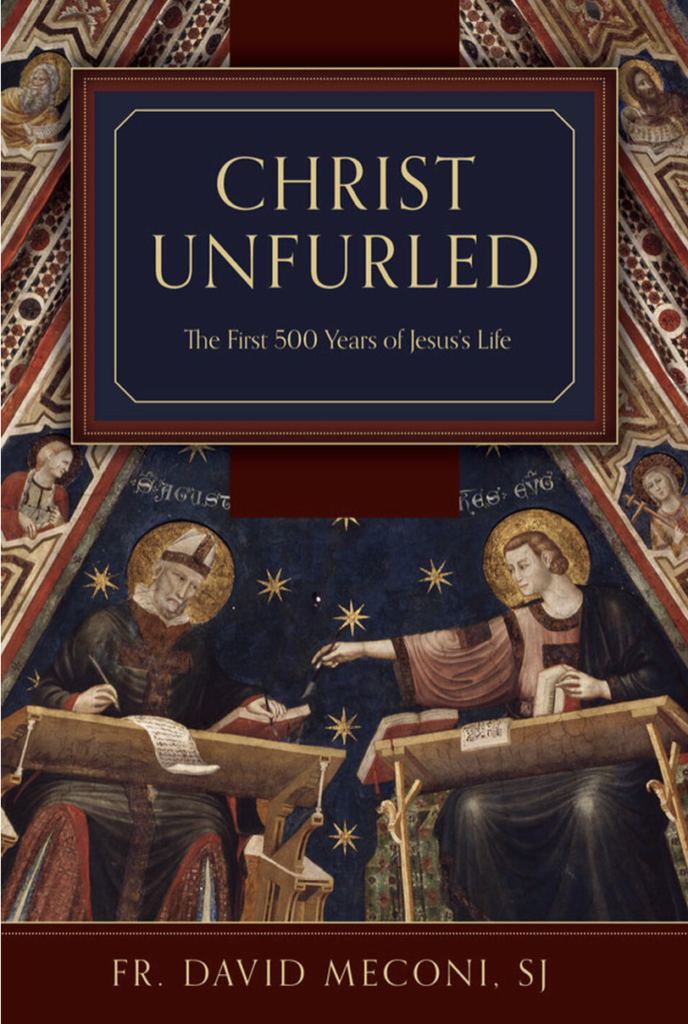Most recently, evangelical theologian Henri Blocher argued that at the heart of Roman Catholicism lies the concept of the Church as the continuing incarnation of Jesus Christ. The idea is that, in a strong and “real” sense, the Roman Catholic Church is the sacramental and mystical body of Jesus, as if His incarnation were prolonged in it. Obviously, Blocher was not inventing anything. The theological point is affirmed in the Catechism of the Catholic Church (no. 521), evoked by the Second Vatican Council (Lumen Gentium nn. 8, 48, and 52), and argued with different nuances and emphases by leading modern Roman Catholic theologians such as Johann Adam Möhler, John Henry Newman, Mathias-Joseph Scheeben, and Yves Congar.[1]
Another testimony confirming this view is added to these authoritative voices. It is that of Robert Hugh Benson (1871-1914) in the book Christ in the Church. A Volume of Religious Essays (London: Longman, Green and Co., 1911). Until recently, I was unaware of the works of Benson, who may not be central to contemporary Roman Catholic theology, but neither is he negligible.
Converted from Anglicanism (after John Henry Newman) to Roman Catholicism under the pontificate of Leo XIII, Benson became a Catholic priest while continuing to write novels, short stories, and various essays. A brilliant and eclectic personality, as a convert, Benson looked for and explored the “heart” of Roman Catholicism. Thus, in the pamphlet Christ in the Church, he tackles head-on the self-understanding of the Church of Rome and dissects its meaning.
Benson begins with Jesus’ words, “This is my body, which is given for you” (Luke 22:19): “that act was but a continuation (though in another sense) of that first act known as the Incarnation” (8). Roman Catholics believe that “the Church is in a real sense the body of Christ… in the Church He lives, speaks, and acts as He lived, spoke, and acted in Galilee and Jerusalem” (9). The analogy is thus established: just as Jesus Christ lived two thousand years ago, so “He lives His mystical life today in a body drawn from the human race in general – called the Catholic Church” (10). It follows that the actions of the Church are His, “her words are His, her life is His” (id.). Here is the Roman Catholic thesis briefly put: “in a real sense, she is Himself” (id.).
On the basis of the extension between Christ and the Church to the point that the Church is Christ, Benson continues: “The written Gospel is the record of a past life; the Church is the living Gospel and record of a present life” (11). The Vine and the branches “are in the most direct sense identical” (12). For the Catholic, “Jesus Christ still lives upon earth as surely, though in another and what must be called a ‘mystical’ sense, as He lived two thousand years ago” (18). Moreover, “we have present upon earth in the Catholic Church that same personality and energy as lived upon the earth two thousand years ago in the Figure of Jesus Christ” (25). Therefore, “the same authority must be predicated of the voice of the Church as of the Voice of Christ” (21). No religion, “except one, and that the Catholic Church, claims to be actually Divine and to utter the Voice of God” (32). If the Church is the continuation of the Incarnation, “she is indeed what she claims to be — the one and unique organ of Divine Revelation” (40).
In this sense, the infallibility of the Church and its Roman Pontiff is simply inevitable and obviously true because “If infallibility be predicated of Jesus Christ, it must be predicated of Him in His Mystical as well as in His Natural Body” (22). In the Roman Catholic view, there is therefore a transitive property between Christ and the Catholic Church to the point that what can be predicated of the one passes to the other. It is the theological logic that is in the DNA of Roman Catholicism and makes it what it is.
The identification is so complete that “we, living members of the Church on earth, have the same personality and energy that existed in the figure of Jesus Christ two thousand years ago” (20). This means that Christ still suffers in the Church (10) and “Jesus Christ is still resurrected, not once or twice, but repeatedly in the Catholic Church” (22). The Church is so identified with Christ that she continues to “redeem humanity” (33).
Now, despite being a Catholic priest and a voice of early 20th-century Anglo-Saxon culture, Benson is not one of the leading voices in Roman Catholic theology. Yet, in his sparkling and drumming style, he gives voice to what Catholic teaching and official theology have developed over the centuries: the church is the extension of the incarnation of Jesus Christ.
Evangelical theologian Gregg Allison speaks of the “Christ–church interconnection.”[2] The church is considered a prolongation of the incarnation, mirroring Christ as a divine–human reality, acting as an altera persona Christi, a second “Christ.” The threefold ministry of Christ as King, Priest, and Prophet is thus transposed to the Roman Church–in its hierarchical rule, its magisterial interpretation of the Word, and its administration of the sacraments. There is never solus Christus (Christ alone), only Christus in ecclesia (Christ in the church) and ecclesia in Christo (the church in Christ).
The emphasis on the Christ–church interconnection seems to forget that the church is still a divine creature, belonging to the reality created by God and marked by sin, while Christ is the divine Creator, the One from whom all things are and who is perfect now and always. When we talk about Christology, we are talking about the unique relationship between human nature and divine nature in the person of Jesus Christ on the side of the Creator. When we talk about ecclesiology, we are talking about the unity of divine and human elements from the side of creation. The distinction between Creator and creature is crucial to avoid the trap of elevating the church into a quasi-divine body.
There are enormous problems with this thesis: it goes beyond the biblical image of the body of Christ (Christ is the head, we are members!), it deifies a human community, it idolizes an institution, and it usurps what should be recognized only to Jesus Christ according to Scripture alone (sola Scriptura, Scripture alone!). It goes beyond and against what is written in the Bible. Yet it gives access to the deep bowels of Roman Catholicism of all times. Ultimately, Roman Catholicism is a heresy that took Christology and transplanted it into its ecclesiology. And in doing so, Rome distorted it.
[1] See Roberto Baglioni, La chiesa “continua incarnazione” del Verbo: da J.A. Möhler al Concilio Vaticano II (Napoli: Editrice Domenicana Italiana, 2013).
[2] Gregg R. Allison, Roman Catholic Theology and Practice. An Evangelical Assessment (Wheaton, IL: Crossway, 2014) pp. 56-66.

